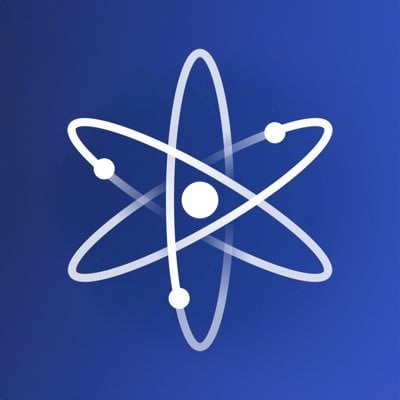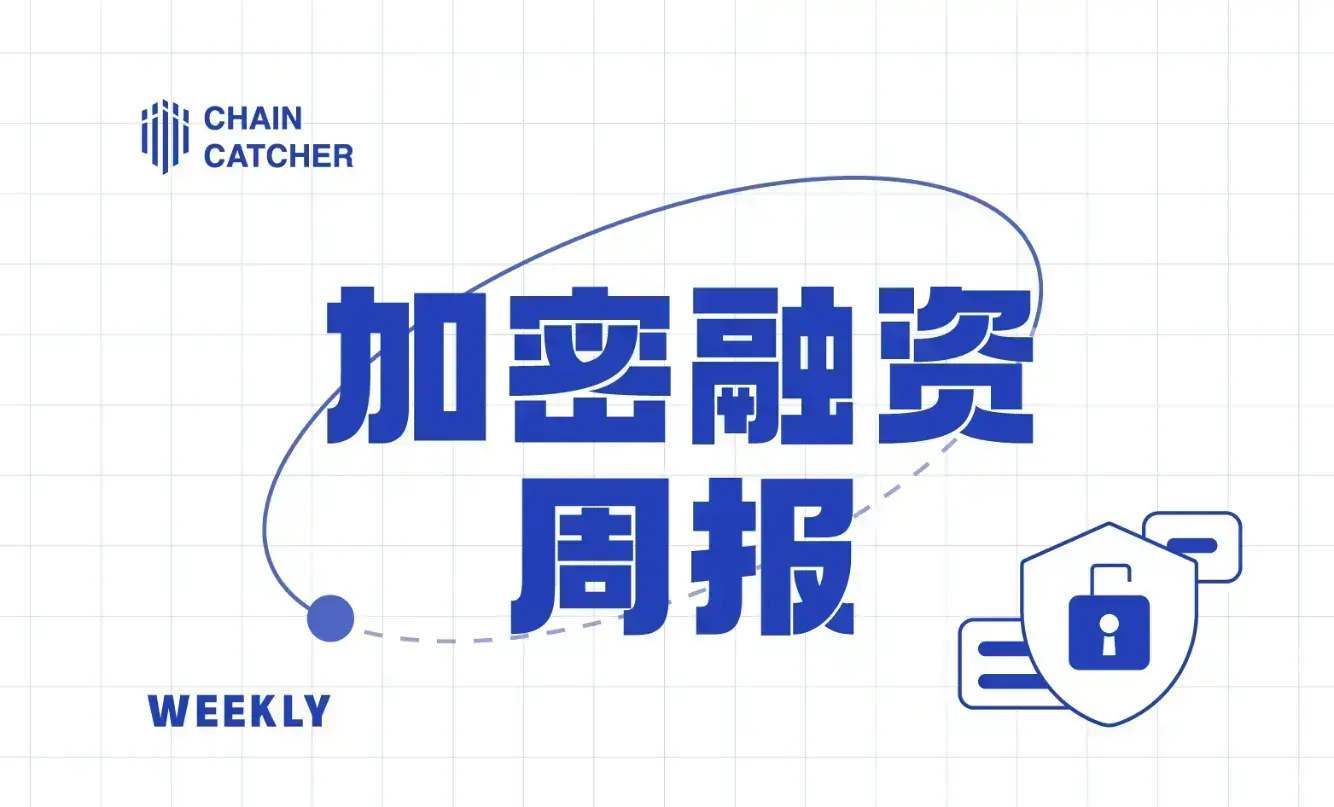Cosmos Ecosystem Annual Overview: Notable Projects Emerge, Core Developers Continue to Grow
Original Author: Xangle
Original Compilation: Felix, PANews
The Cosmos ecosystem has rapidly developed in 2023, attracting many developers and projects with its unique interoperability and modular architecture, which open up new horizons for blockchain technology.
This article will explore the significant changes, major technological updates, and outstanding new projects that have occurred within the Cosmos ecosystem in 2023. Additionally, it will examine the technological advancements and market changes in the Cosmos ecosystem, as well as how Cosmos is redefining the existing blockchain paradigm.
1. Infrastructure
1.1 Major Updates to Cosmos SDK
The modules managed by Cosmos SDK are primarily used for developing chains within the Cosmos ecosystem. Here are the major updates to the SDK released in 2023.
Version 0.47 Update
Upgraded to CometBFT: The renamed CometBFT is a fork of the previously used consensus engine Tendermint, which is now officially provided in Cosmos SDK. There are no major changes in version 0.47; this update aims to assist chains that previously used Tendermint in migrating to CometBFT.
Version 0.50 Update
ABCI 2.0: ABCI is the interface responsible for data exchange between the consensus engine and the application layer responsible for various on-chain functions. The consensus engine CometBFT (Tendermint) is responsible for block generation and transaction broadcasting, which is the process of determining the order of transactions. Due to the design of ABCI, there are limitations in processing transactions in the memory pool in the required order. To overcome this issue, ABCI 2.0 introduces a new process called "PrepareProposal" to determine the order of transactions in the memory pool and pass it to CometBFT.
Optimistic Execution: In previous versions of Cosmos SDK, all validators needed to reach consensus to execute transactions and submit results to the chain. This slowed down transaction execution. To address this issue, a feature called "Optimistic Execution" has been introduced. This feature allows transactions to be executed and submitted without requiring agreement from all validators, thereby increasing transaction throughput.
SDK Modules: Cosmos SDK includes various modules for application development. Previously, updates to each module followed the SDK's version updates, making it difficult to track the update history of each module. In version 0.50, version control for each module is implemented independently, making it easier to track update records. Additionally, the data storage models Store and IAVL have been decoupled for separate updates.
1.2 Cosmos on Metamask
Due to the presence of multiple chains within the Cosmos ecosystem, each chain has an independent address even if the mnemonic is the same. Currently, Keplr wallet is used for integration and management, but a new wallet application is needed, resulting in a poor user experience and increased barriers to entry.
Cosmos is working on projects to address this issue. In this context, Metamask has implemented comprehensive support for Snap, allowing custom features to be added to Metamask. Transactions can now be created on Cosmos-based chains, including the Leap wallet. In other words, the current technical foundation has been laid, making it easier for users familiar with EVM-based chains to be attracted to the Cosmos ecosystem.
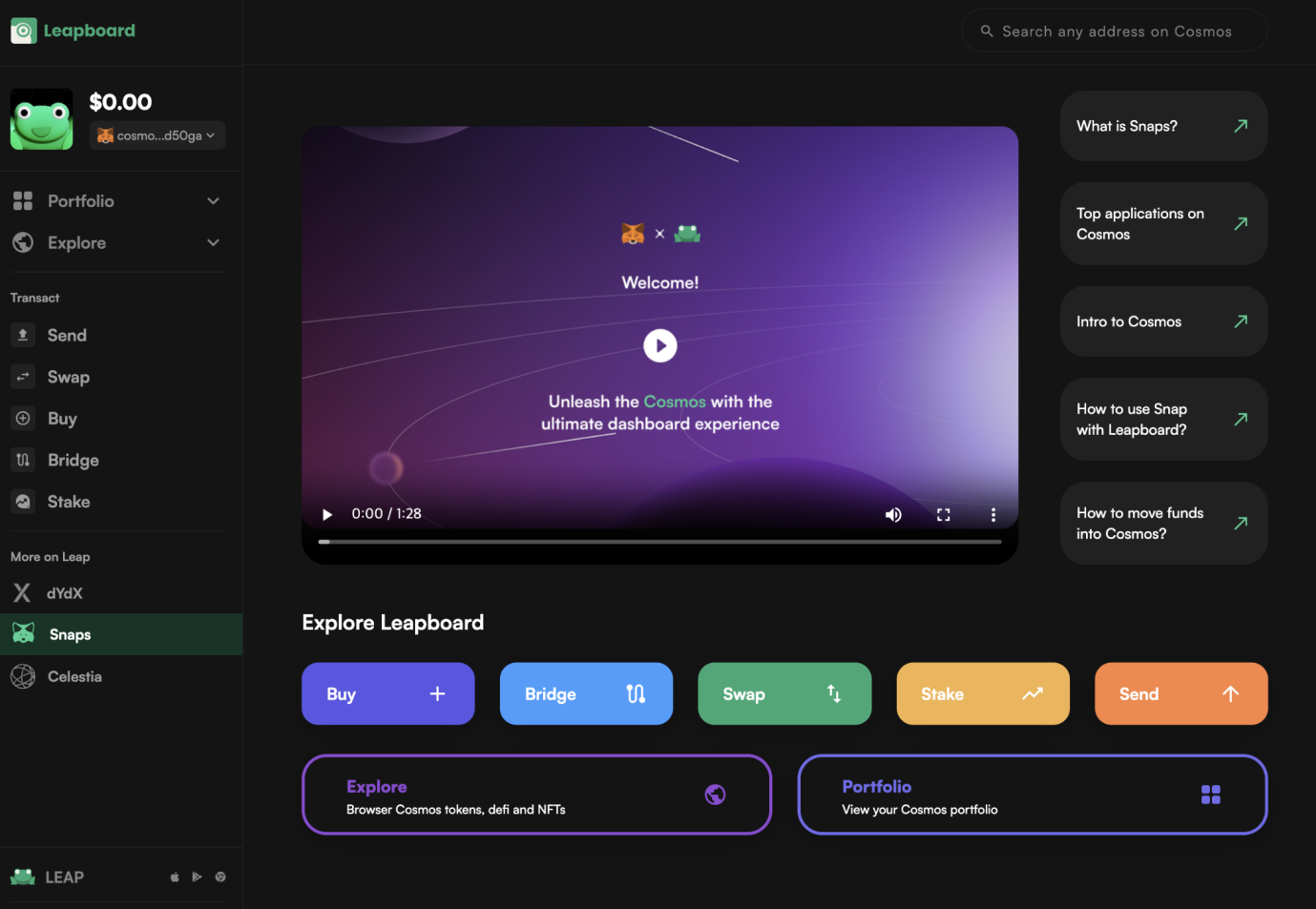
Leap Wallet (https://cosmos.leapwallet.io/portfolio/overview)
1.3 MultiVM
Unfortunately, Cosmos SDK does not support virtual machines for smart contracts. As a result, several projects have emerged to develop virtual machines that have been validated and used in other blockchains, or projects that develop virtual machines unique to the Cosmos ecosystem. Some have attempted to integrate various virtual machines (such as EVM, WasmVM, SolanaVM, MoveVM, etc.) with Cosmos SDK and have highly praised certain virtual machines. If more commonly used virtual machines are supported, dApp developers will find it easier to enter the Cosmos ecosystem.
2. Projects
Here are some interesting and noteworthy projects that have emerged in the Cosmos ecosystem in 2023.
2.1 Celestia
The hottest project in the Cosmos ecosystem in 2023 is undoubtedly Celestia. Celestia is a representative modular blockchain project that roughly divides the functions of a blockchain into four parts:
Execution: The ability to process transactions and change the state of the chain.
Settlement: Verifying transactions processed by the computation layer.
Data Availability: Storing information from transactions and blocks and ensuring it is always available.
Consensus: The ability to determine the validity of transactions or the order in which transactions are included in blocks.
Among these features, Celestia focuses on data availability. The combination of Celestia with the term "L2" has sparked a Rollup craze in the Cosmos ecosystem. To this end, a framework called "Rollkit" has been created and supported, which facilitates communication between Celestia and Cosmos SDK via ABCI.
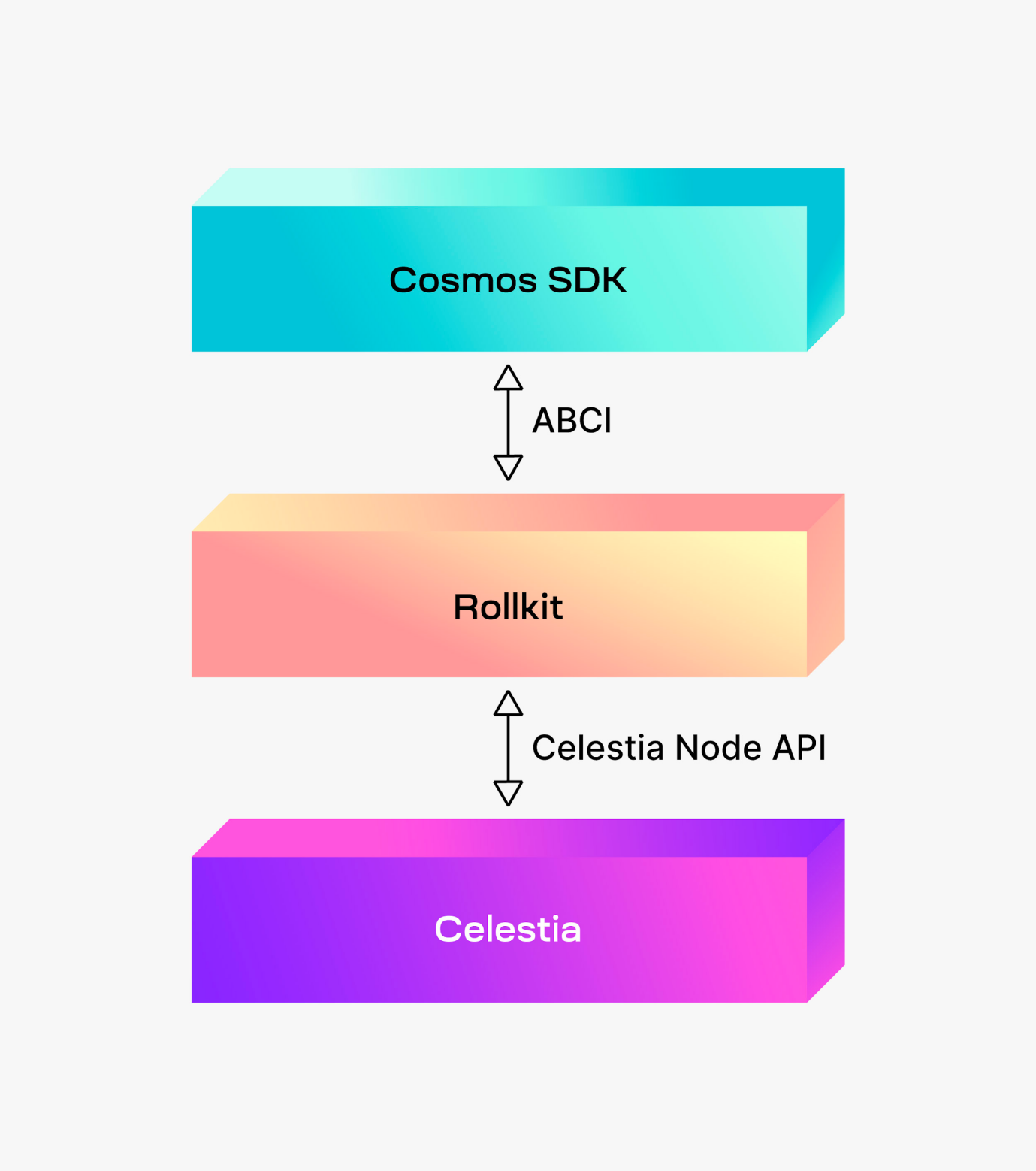
Celestia Rollkit (https://docs.celestia.org/developers/rollkit)
Rollkit replaces Cosmos's consensus engine Tendermint (more accurately, CometBFT) and allows direct communication between Celestia and Cosmos SDK. Rollkit enables Sovereign Rollup by aggregating transactions into a single block and leveraging Celestia's consensus engine and data availability.
2.2 Skip Protocol
Skip Protocol is a project with the vision of "sovereign transaction infrastructure for sovereign blockchains." The protocol aims to improve the user experience of sovereign blockchains by making the order of transaction processing transparent and preventing malicious MEV, thereby improving the quality of the network.
In improving user experience, the project aims to address issues with the Inter-Blockchain Communication (IBC) protocol. IBC is the protocol for transferring assets between different chains within Cosmos. To transfer assets via IBC, a communication "channel" must be created, and each channel requires a unique ID for each connected chain. The following diagram illustrates an example of ETH being sent from Axelar to Terra 2.

Skip API (https://api-docs.skip.money/docs/ibc-routing-algorithm)
Additionally, Skip has proposed an optimal routing algorithm for delivering assets within the Cosmos ecosystem, providing a better user experience by determining the Denomination of assets.
Skip Protocol also offers various APIs that are very useful for developing blockchains based on Cosmos SDK, such as multi-chain transaction tracking. Skip has also proposed to incorporate Skip's functionality into Cosmos SDK, contributing to the development of the ecosystem.
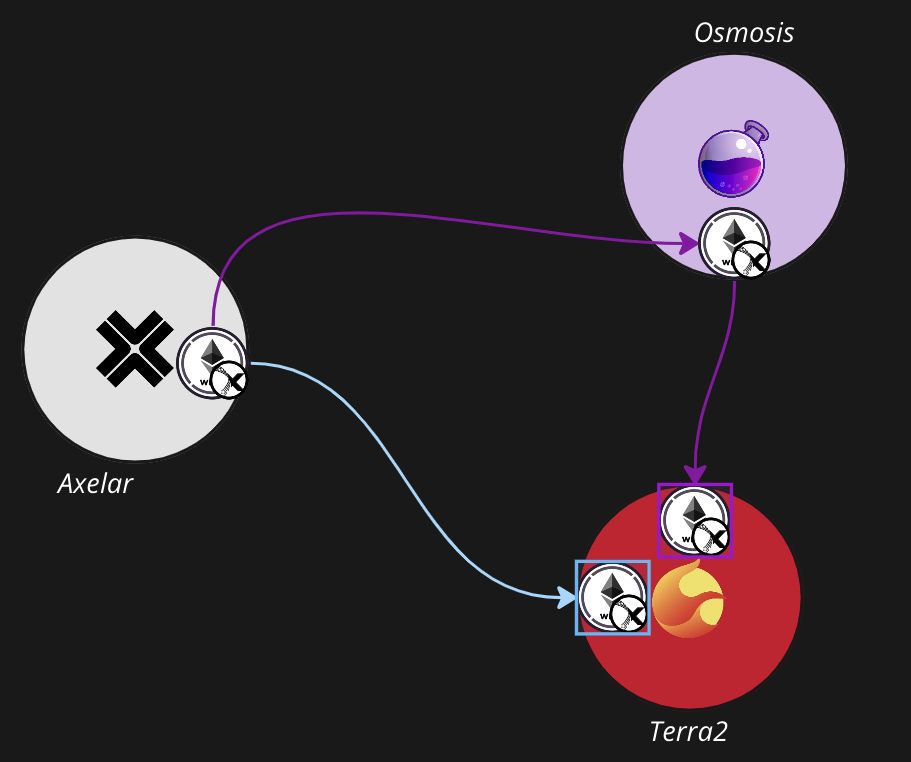
SKIP API (https://api-docs.skip.money/docs/ibc-routing-algorithm)
2.3 Other Projects
Sei
Sei is positioned as a chain dedicated to trading, aiming to become a fast Layer 1 rather than a Rollup, which is also a significant trend in blockchain development in 2023. Sei focuses on enhancing the performance of the chain by leveraging various technologies.
Injective
Injective is committed to building a blockchain ecosystem specifically for financial applications. Injective has partnered with Figment and Binance and supports various dapps such as Helix and Hydro to join the Injective ecosystem.
dYdX
dYdX is considered the most successful DEX and has successfully migrated to Layer 1 using Cosmos SDK.
dYdX strengthens governance through its own token.
Stride
Stride is a liquid staking protocol similar to Ethereum's Lido. In the Cosmos ecosystem, liquid staking has been challenging due to assets being spread across multiple chains. Stride aims to achieve multi-chain liquid staking in the Cosmos ecosystem by utilizing ICA (Inter-Chain Accounts), ICQ (Inter-Chain Queries), and ICS (Inter-Chain Security).
Coreum
Coreum is an enterprise-focused Layer 1 blockchain that supports Wasm-based smart contracts, RWA tokenization, NeoBanking applications, and more.
3. On-Chain Performance
3.1 Development Activity
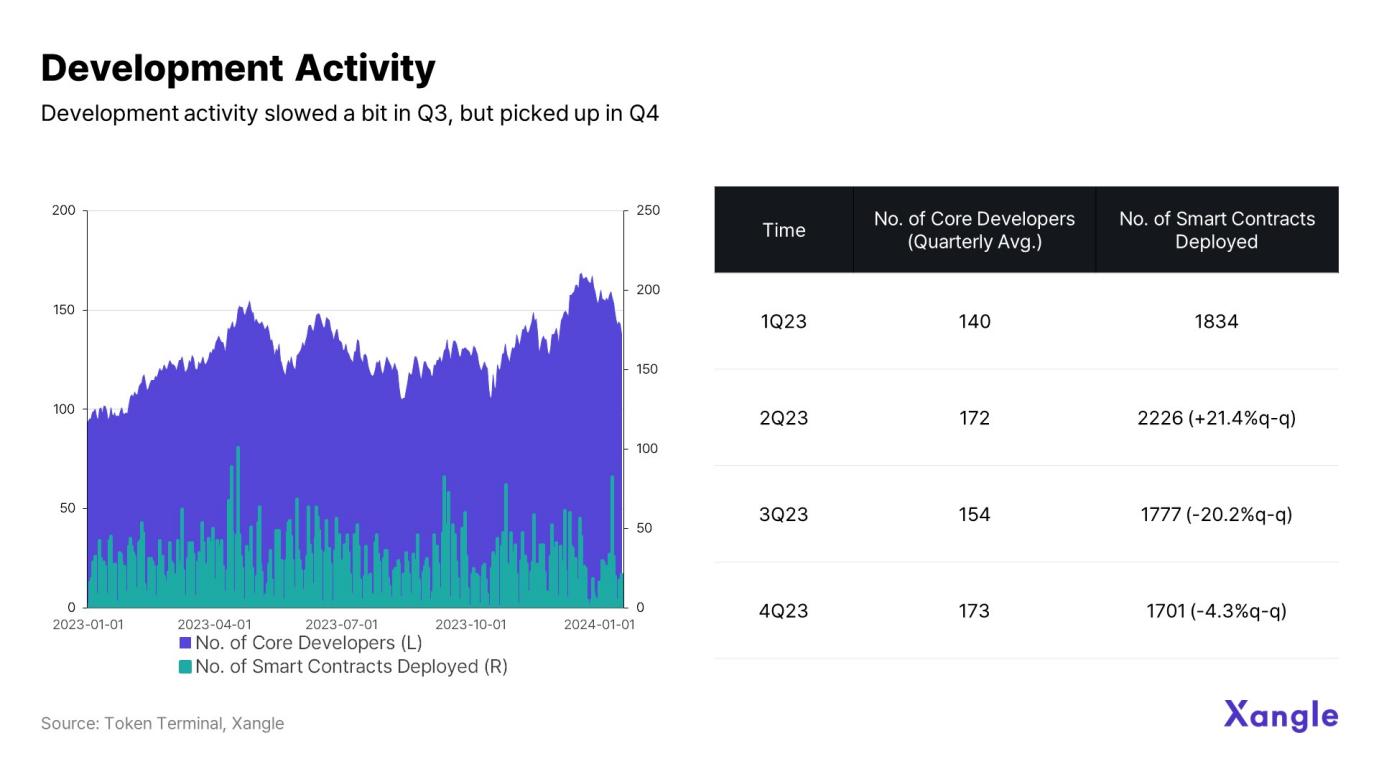
While the overall development activity in the Cosmos network remains healthy, the number of smart contract deployments in Q2 2023 reached its peak (2226), with the highest growth rate (21.4%). The number of core developers has shown a gradual upward trend, which is also a sign of active infrastructure development in the ecosystem.
Meanwhile, the number of smart contracts deployed in Q2 and Q3 last year was 2226 and 1777, respectively, higher than the 1701 in the fourth quarter. Although development activity has indeed slowed compared to the first two quarters, considering the decline at the end of Q4, the activity level continues to be maintained.
3.2 Network Activity
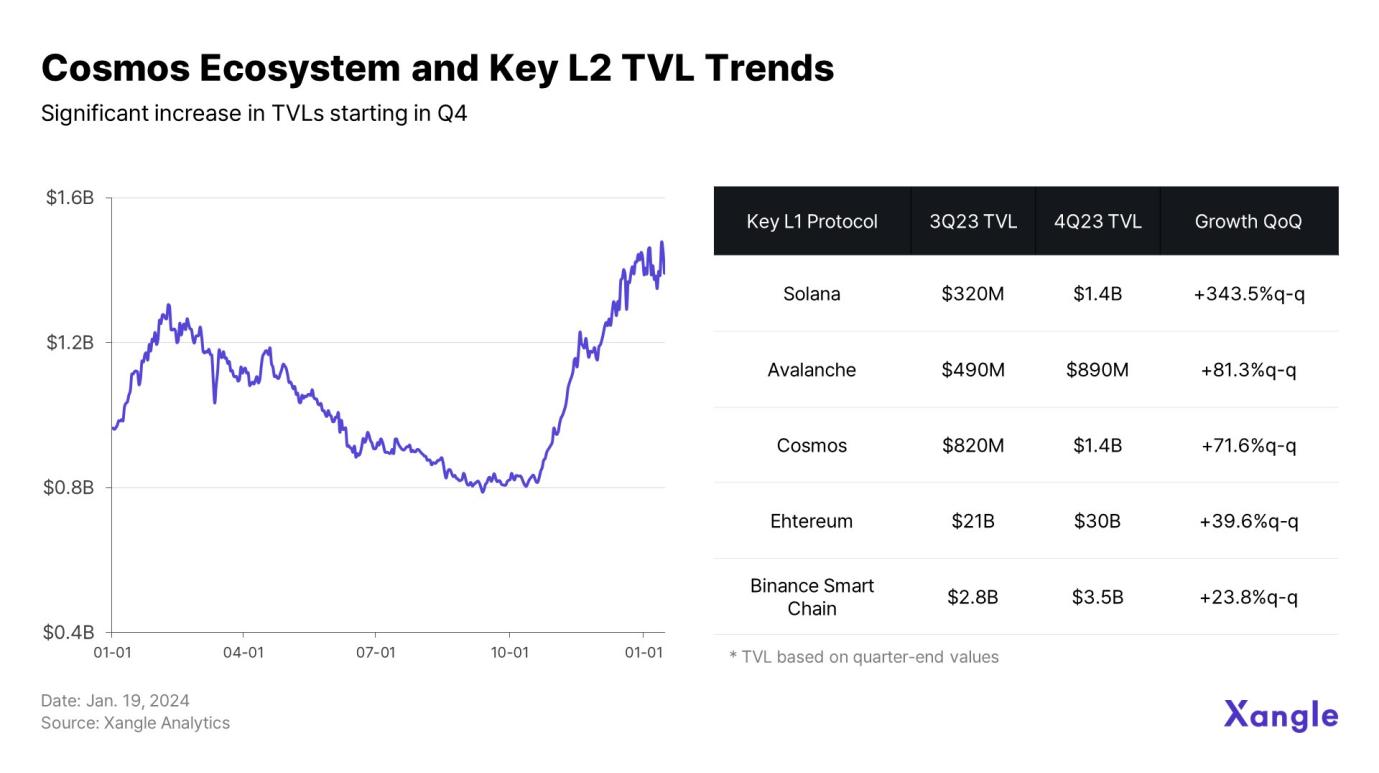
The most notable aspect of network activity in the Cosmos ecosystem is that the development activity in Q2 and Q3 translated into growth for the entire ecosystem in Q4. As shown in the figure, the TVL in the Cosmos ecosystem continued to decline in Q3 but then significantly increased in Q4.
The explosive growth of TVL in the Cosmos ecosystem in the fourth quarter can be attributed to two factors. First is the influx of liquidity into Layer 1 narratives in mid-October. In the second half of the year, a large amount of capital flowed into the Layer 1 ecosystem, with Solana, Cosmos, and Avalanche driving the overall TVL increase with explosive performance.
Moreover, the developer-friendly infrastructure environment, including Cosmos SDK, and the vast network of blockchain connections built on IBC provide users with practical utility. Observing the TVL trend reveals that this is not just a temporary increase but a sustained trend. Market satisfaction with protocol maturity may drive liquidity into Layer 1, promoting the development of Cosmos and reducing user churn.
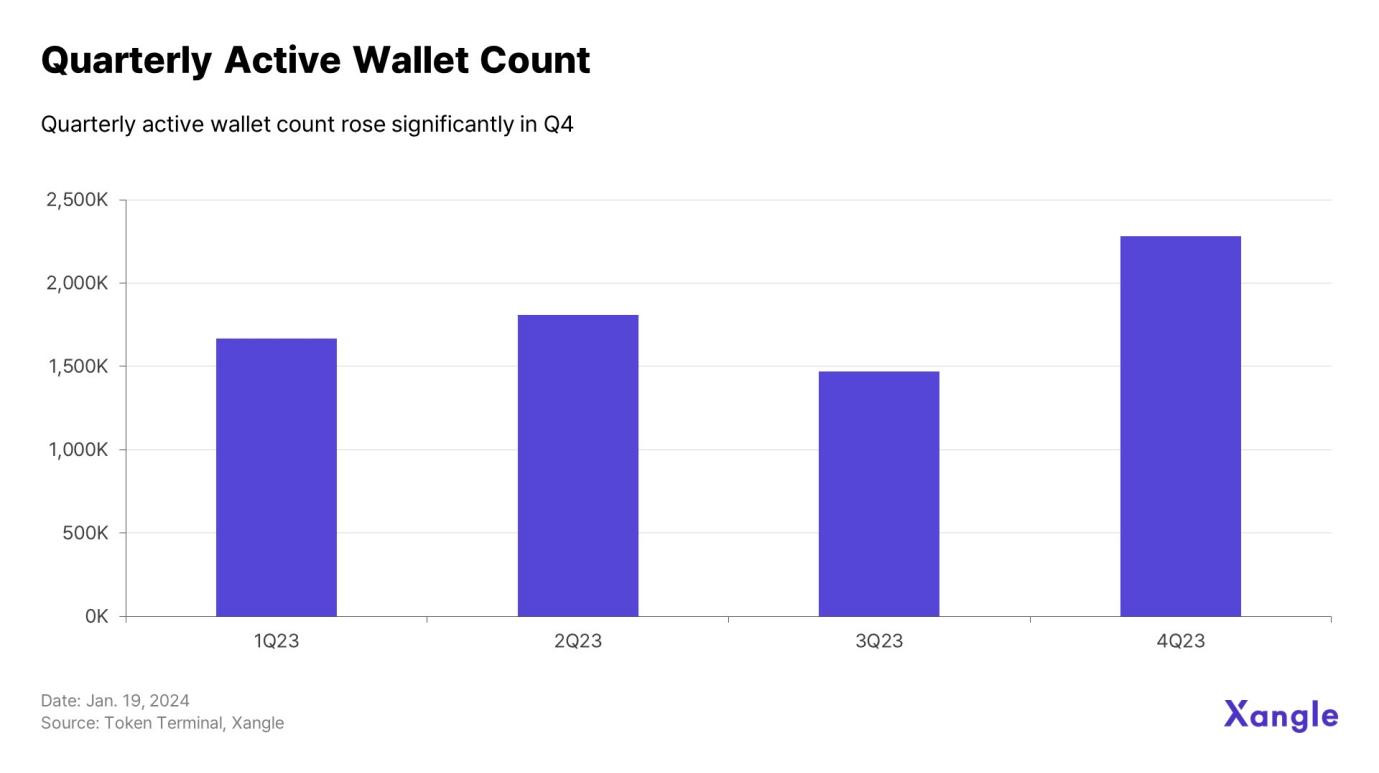

Compared to the worst-performing Q3 (1,470,050), the number of active wallets in Q4 also increased by nearly 55%, reaching 2,280,335, reflecting a vibrant ecosystem. The interoperability of the Cosmos IBC ecosystem has driven an increase in on-chain activity.
Additionally, the sustained hype around protocols based on Cosmos SDK in the second half of the year has also played a role in revitalizing the ecosystem, as seen from the TVL trends of key protocols in the IBC ecosystem.
3.3 Network Security
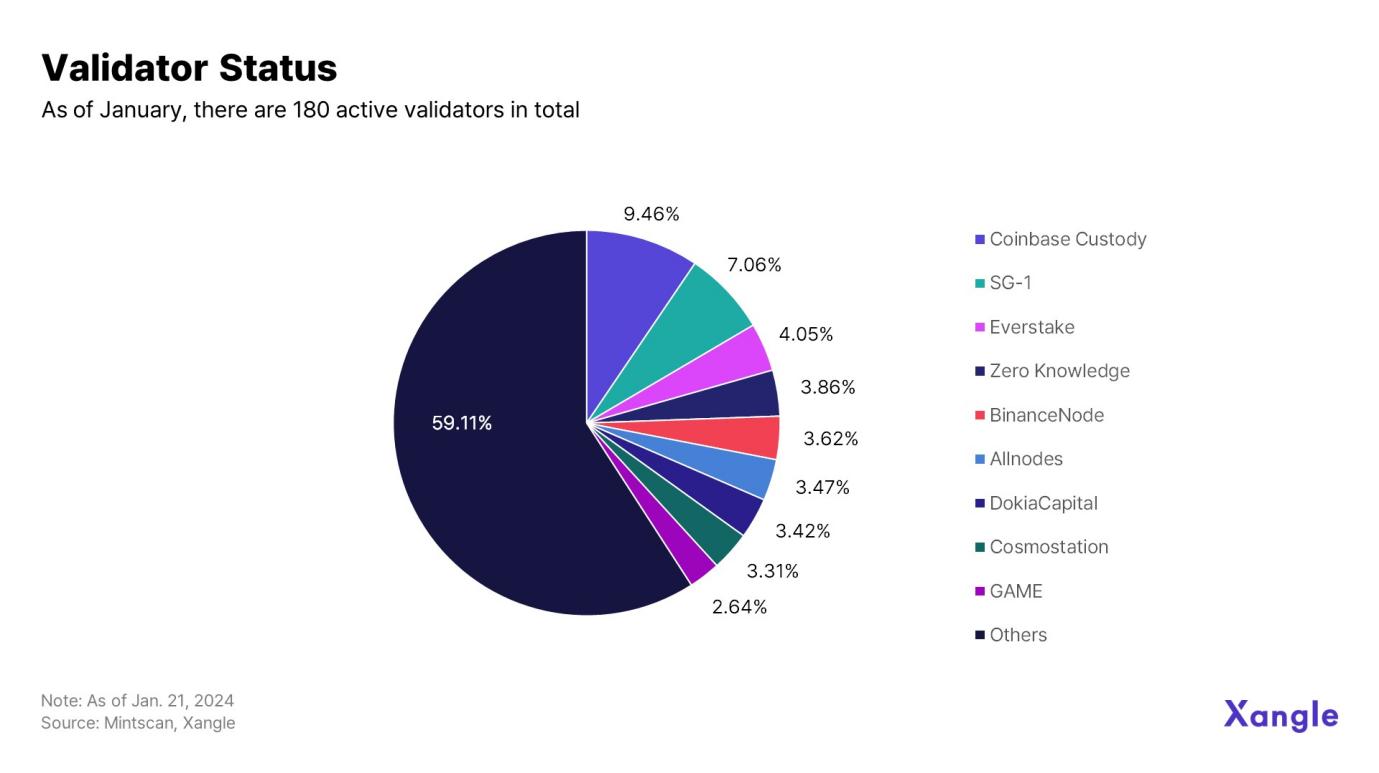
Currently, there are 180 active validators in Cosmos. The top 9 validators hold 40.89% of the ATOM supply. There are currently 2.44 billion ATOM staked in Cosmos, accounting for approximately 65% of the total supply.
4. Conclusion
2023 is a milestone year for the Cosmos ecosystem, witnessing the development and significant changes of several projects. These changes indicate that Cosmos is not just a domain of blockchain technology but is driving innovation across the entire blockchain ecosystem.
Celestia, Skip Protocol, and other well-known projects showcase the diversity and flexibility of the Cosmos ecosystem and how it continues to evolve. These projects have pioneered new use cases for blockchain technology and helped create a more efficient and user-friendly blockchain environment.
The growth and development of the Cosmos ecosystem enhance excitement about the future of blockchain technology. It opens the door to new opportunities for developers, users, and investors, paving the way for continued innovation in the coming years. The Cosmos ecosystem is expected to maintain this positive trend in the coming years, with new technological challenges and opportunities continuously emerging in the process.





